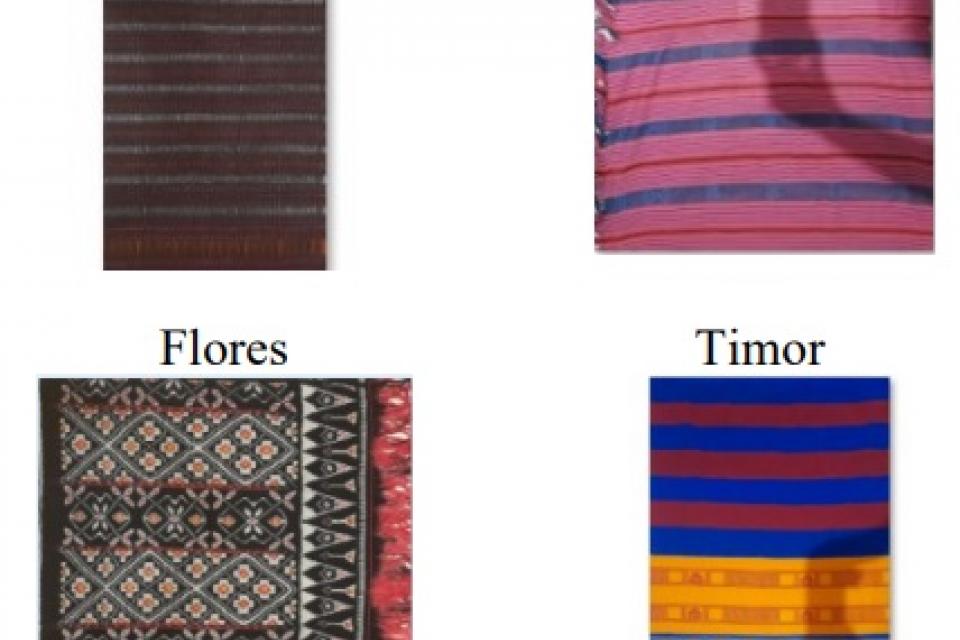Datasets
Standard Dataset
Citra Kain Tenun Nusa Tenggara Timur (Woven Fabrics Nusa Tenggara Timur Image)
- Citation Author(s):
- Submitted by:
- adri gabriel sooai
- Last updated:
- Mon, 11/04/2024 - 14:34
- DOI:
- 10.21227/yb9r-yd64
- Data Format:
- License:
 14 Views
14 Views- Categories:
- Keywords:
Abstract
The recognition of woven fabrics through image processing has a high value in preserving cultural heritage and assisting in identifying and classifying traditional textile products. To this end, this study proposes an approach that utilizes a Decision Tree (DT) to recognize images of woven fabrics typical of East Nusa Tenggara. DT's effectiveness in high-dimensional data classification makes it an ideal tool for modeling unique patterns in woven fabric drawings. Our dataset consists of different types of East Nusa Tenggara woven fabrics, and experimental results show the accuracy of our proposed approach in recognizing these fabrics, achieving promising success rates in the classification of complex motifs and patterns. These findings significantly contribute to the development of automated systems for identifying and documenting traditional woven fabrics, which in turn can support cultural preservation initiatives and local industrial growth in East Nusa Tenggara.
This research was carried out using several structured stages and started from the data acquisition process. The data acquisition device is a Samsung SMA217F digital camera and an image processor using a 1GHZ Celeron Processor, 12GB RAM without GPU. The Data Acquisition process continues to the next stage, namely feature extraction. This stage is translating the image into numerical quantities in the composition of rows and columns through a feature extraction process. This process uses SqueezeNet and produces a dataset of 1000 features and 400 instances, in four fabric classes. Then, the dataset was separated with a composition of 60% training data and 40% test data. A Decision Tree (DT) classifier was prepared to model the training dataset and used 10-fold cross validation to check the model produced in the image classification process. Evaluation is carried out by changing the n-fold cross validation size starting from 2,3,5,10 and 20. The classification acuration for this experiment is 92.6%. Researcher can use another classifier and the accuration will rise above it.









